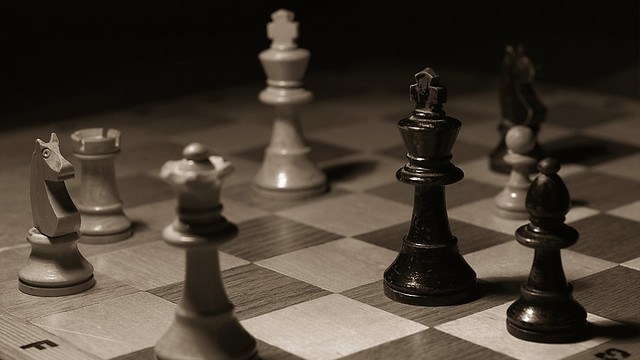Why Do Museum Patrons Hurt the Ones They Love?

In a letter responding to Anthony M. Amore’s editorial “No ‘Thomas Crown Affair’” in The New York Times about the recent robbery at the Kunsthal Museum in Rotterdam, the Netherlands, Georgia Museum of Art guard Ed Tant acknowledged the very real threat posed by thieves, but fingered a very different, less publicized, but more insidiously silent danger to art in museums—museum patrons. After 12 years on the job, Tant describes his primary everyday task as “protecting the art from the art lovers.” From intentional vandalism to accidental encounters with masterpieces, why do museum patrons hurt the ones they love?
Amore, director of security at the Isabella Stewart Gardner Museum (victim of the infamous 1990 heist that saw both a Vermeer and a Rembrandt disappear) and author with Tom Mashberg of Stealing Rembrandts: The Untold Stories of Notorious Art Heists, cuts right to the heart of the Thomas Crown Affair-esque myth of the glamorous world of art thieves. For as much planning that goes into seizing the art, very little goes into actually selling the art. “[T]here are very few people with enough cash to purchase a masterpiece –even for pennies on the dollar –that they can never show anyone,” Amore explains. “Once an art thief realizes this, he turns to other endeavors. Meanwhile, the stolen treasures lie dormant in a garage or crawl space until he figures out what to do with them.” As easy as it is to fault museum security, it’s even easier to overlook the basic museum mission of providing public access to masterpieces. If security were the primary goal, there are plenty of impregnable vaults to be had. Few security situations challenge experts in the field like a priceless piece of art openly displayed.
It’s that open display of art that creates a challenge beyond the headline-grabbing art thefts and even the headline-grabbing vandals. The recent Rothko vandalism at the Tate and the outrageous rewarding of an exhibition to a Picasso-defacing artist mark just two worst-case scenarios for museum security who can’t reasonably be expected to be everywhere at once when irrationality (and sometimes outright insanity) strikes. “Even standing too close to paintings can cause damage from human breath and accidental scratching with hat brims or eyeglass frames,” Tant points out. (From now on, I’ll hold my breath when I go in for a closer view.) We don’t mean to hurt the art, but our very presence—the very air we breathe—slowly destroys the works we love. Humidity controls can only protect the art so much from the people who pay the admission to keep the (art-friendly) lights on.
Some of my most fearful moments as a parent have come when taking my kids to art museums, not because they’re out of control, but because they’re so enthusiastic about the art that they could “overlove” something. Art, especially sculpture, naturally invites touch, but we need to control that impulse if we want something to appreciate now and, more importantly, later. When I took my Alex to a museum event tailored to children, the guide told the children to hold their big person’s hand to keep them from touching the art. If only every big person had as diligent a hand-holder as my son, the job of museum guards such as Tant would be so much easier.
Perhaps museum patrons should receive some education before entering galleries. It’s always been assumed that people knew the rules, but can we still safely make that assumption? I’m not saying treat people like overly inquisitive children, but rather as people who may be new to the museum experience and genuinely interested in the safety of the art. Maybe it would look like the instructional videos played pre-flight showing the proper use of air masks and where the exits are? Whatever shape such education would take, I think that people really need an introduction to this world that we no longer get in schools or from parents. I’ll never erase from my memory the sight of a man years ago vigorously making a point to a woman about some ancient Egyptian wall paintings by tapping directly onto the surface of the several thousand year old art. Despite the beeping sound accompanying each tap and the frantic guards hurriedly descending upon him, for almost a full minute that man was passionately appreciating and simultaneously damaging the subject before him. With just a little self-awareness of the consequences of our actions, we don’t need to hurt the art we love.





